“Endangered species” is a term that gets tossed around a lot. But it is a serious issue affecting many of the plants and animals in our world. An endangered animal is at risk of going extinct. And often, without the help of humans, they do. Ironically, humans play a significant role in the endangerment of many species. Discover seven animals that are endangered and living in Massachusetts, including how these species became threatened.
American Bumble Bee
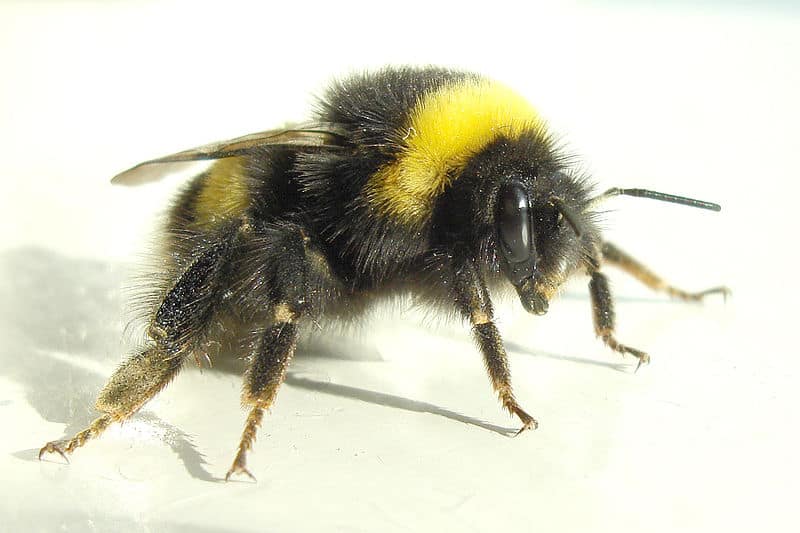
Bumble bees suffer the effects of pesticide use, habitat degradation, and introduced pathogens.
The American bumble bee is relatively large and features black and yellow coloring. Its flight period lasts from late May to early October in Massachusetts, when queens emerge to start a new colony. The American bumble bee is considered a southern species, but Massachusetts is in the northern part of its range. This northern edge is also where most of their population is endangered.
This species was abundant in the state 50 years ago but has since dramatically declined. Today you can only find them in a small region in the counties of Franklin and Hampshire. They suffer the effects of pesticide use, habitat degradation, and introduced pathogens.
Blue Whale
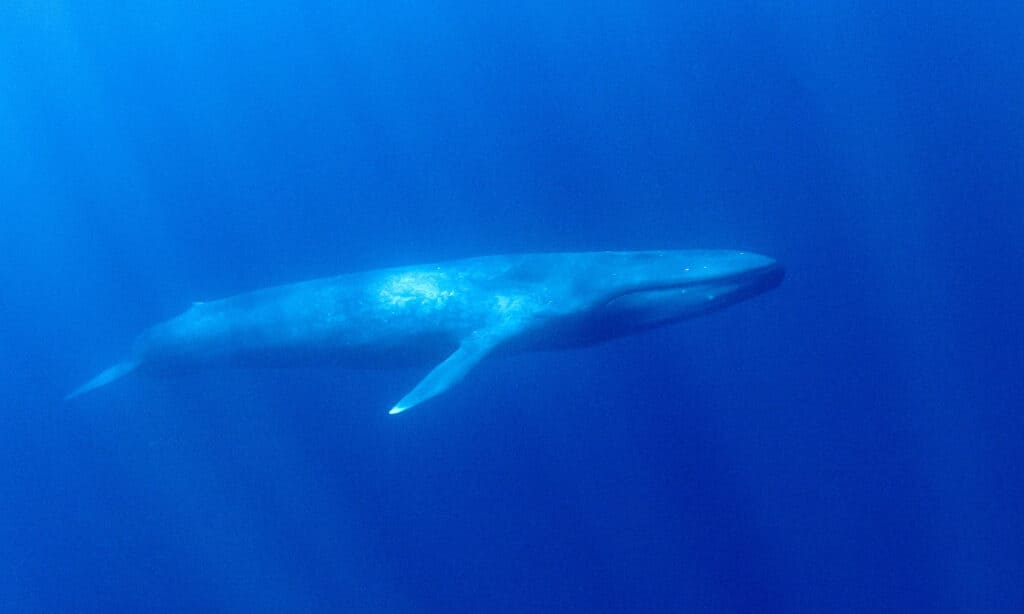
Blue whales face many threats, such as ship collisions,
killer whale
predation, ice entrapment, pollution, climate change, and habitat degradation.
©iStock.com/richcarey
The blue whale is a baleen whale and the largest animal on earth, weighing 200 tons and measuring 110 feet long. They are generally rare in New England, although you can sometimes spot them off the coast of Cape Cod and the Gulf of Maine. Massachusetts is at the southern edge of its feeding range.
The blue whale is endangered both federally and by state. These creatures face many threats, such as ship collisions, killer whale predation, ice entrapment, pollution, climate change, and habitat degradation. Its population has also been slow to recover since whaling was made illegal in the 1960s.
Little Brown Bat
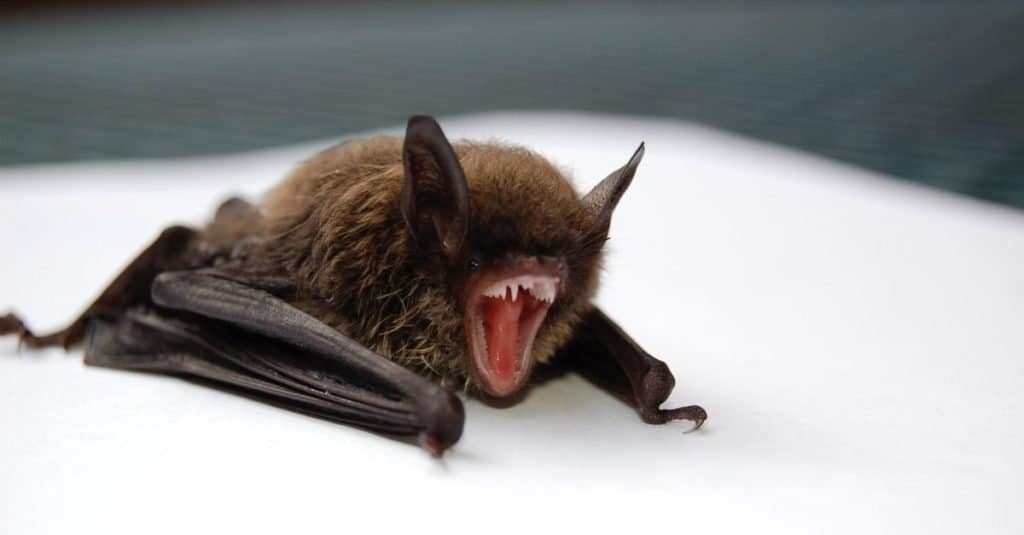
Little brown bats were once the most abundant bat species in the Northern United States. Sadly, white-nose syndrome decimated populations.
©Daily-Images/Shutterstock.com
The little brown bat is a mouse-eared microbat native to North America. It measures around three inches and weighs less than half an ounce. They live in many habitats but are commonly found in houses. And you will most likely spot them during the day in warmer months.
These bats were once the most abundant bat species in the Northern United States. However, white-nose syndrome has decimated their population. White-nose syndrome is similar to fungus, and it spreads from cave to cave, covering the bats while they hibernate. This deadly infection has caused losses of over 90% in the Northeast.
Shortnose Sturgeon
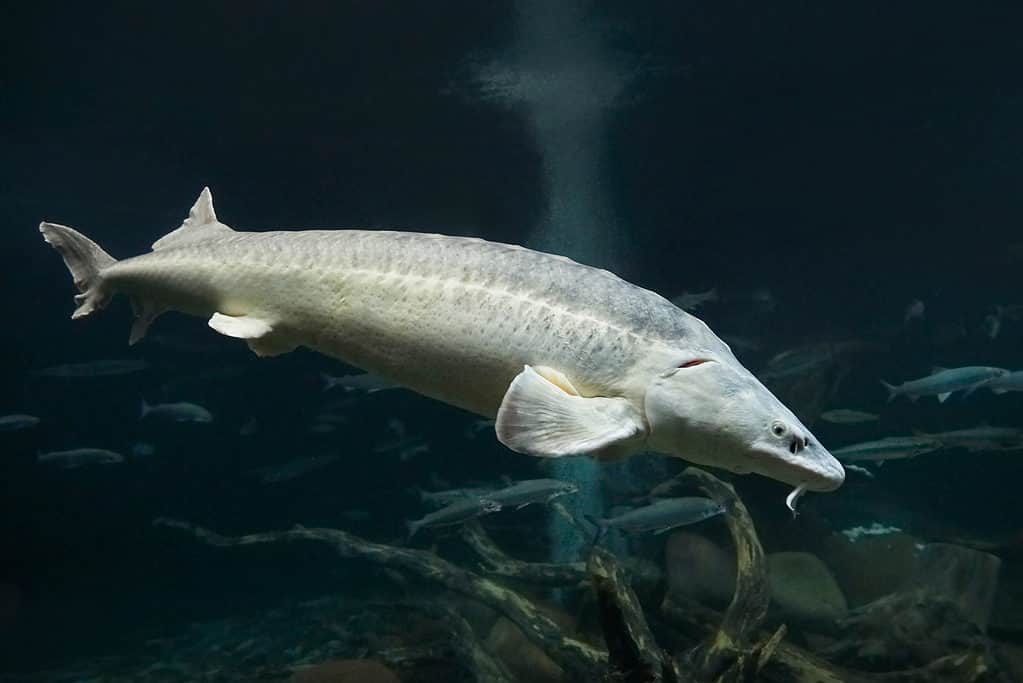
The shortnose
sturgeon
is a large fish that can grow up to 40 inches. Their numbers are dwindling due to habitat degradation from dams.
©pixel creator/Shutterstock.com
The shortnose sturgeon is one of the smallest of its kind, rarely exceeding more than 3 feet long. As its name suggests, this sturgeon features a short, rounded snout. And they have bony external plates across their body, giving them the appearance of having armor. Most populations in Massachusetts live in rivers, although some move to estuaries during the winter. They spawn during April and May in fast-flowing river areas. But their numbers are dwindling due to habitat degradation from dams, bridge construction, and pollution.
Copperhead Snake

You will typically only find copperheads in the Connecticut River Valley and near the Boston area.
©iStock.com/David Kenny
Named for their copper-colored heads, these pit vipers can grow up to four feet long. Copperheads live primarily in deciduous forests in Massachusetts, and they are most active between April and October. This species is rare in the state. You will typically only find it in the Connecticut River Valley and near the Boston area. The primary reasons for its endangerment include habitat loss and human exploitation. People either remove them from their habitats for their collection or kill them due to the general public’s imperil.
Bog Turtle
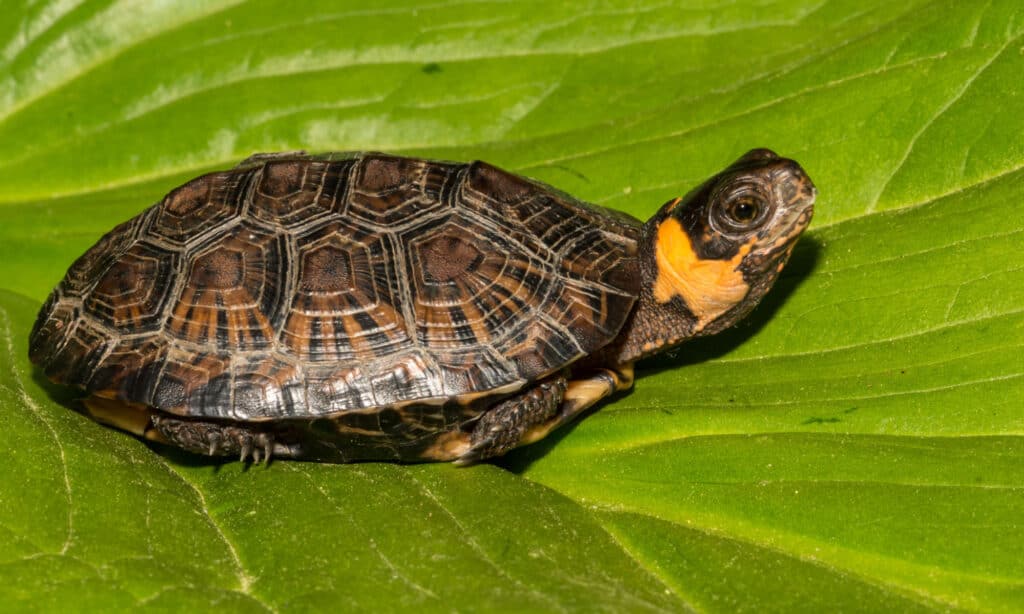
The bog turtle has never been abundant in the state, but their numbers are dwindling faster than normal.
©Jay Ondreicka/Shutterstock.com
The bog turtle is dull brown and only measures three to four inches long. They live primarily in wetlands, like fens and wet meadows. You will mainly find them in Berkshire County, Massachusetts, which is the northern part of its range.
This turtle species has never been abundant in the state, but their numbers are dwindling faster than normal. Some of the main reasons for their endangerment include slow reproduction rates, habitat loss, predation, the agricultural industry, invasive plants, and cars.
Sedge Wren

The sedge wren’s main threats in the state include invasive species, agricultural activities, and habitat loss.
©Pablo Rodriguez Merkel/Shutterstock.com
The sedge wren is a small passerine that inhabits shallow wetlands, where they sit perched on short grass stalks and sing throughout the day. They colonize wet meadows in New England during the breeding season but may move to permanent wetlands during dry seasons. These birds rarely breed in Massachusetts, and their main threats in the state include invasive species, agricultural activities, and habitat loss.
The photo featured at the top of this post is © Danny Sullivan/Shutterstock.com
Thank you for reading! Have some feedback for us? Contact the AZ Animals editorial team.






